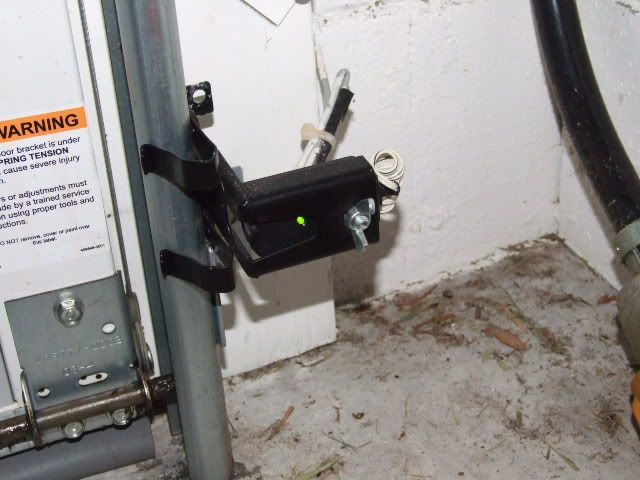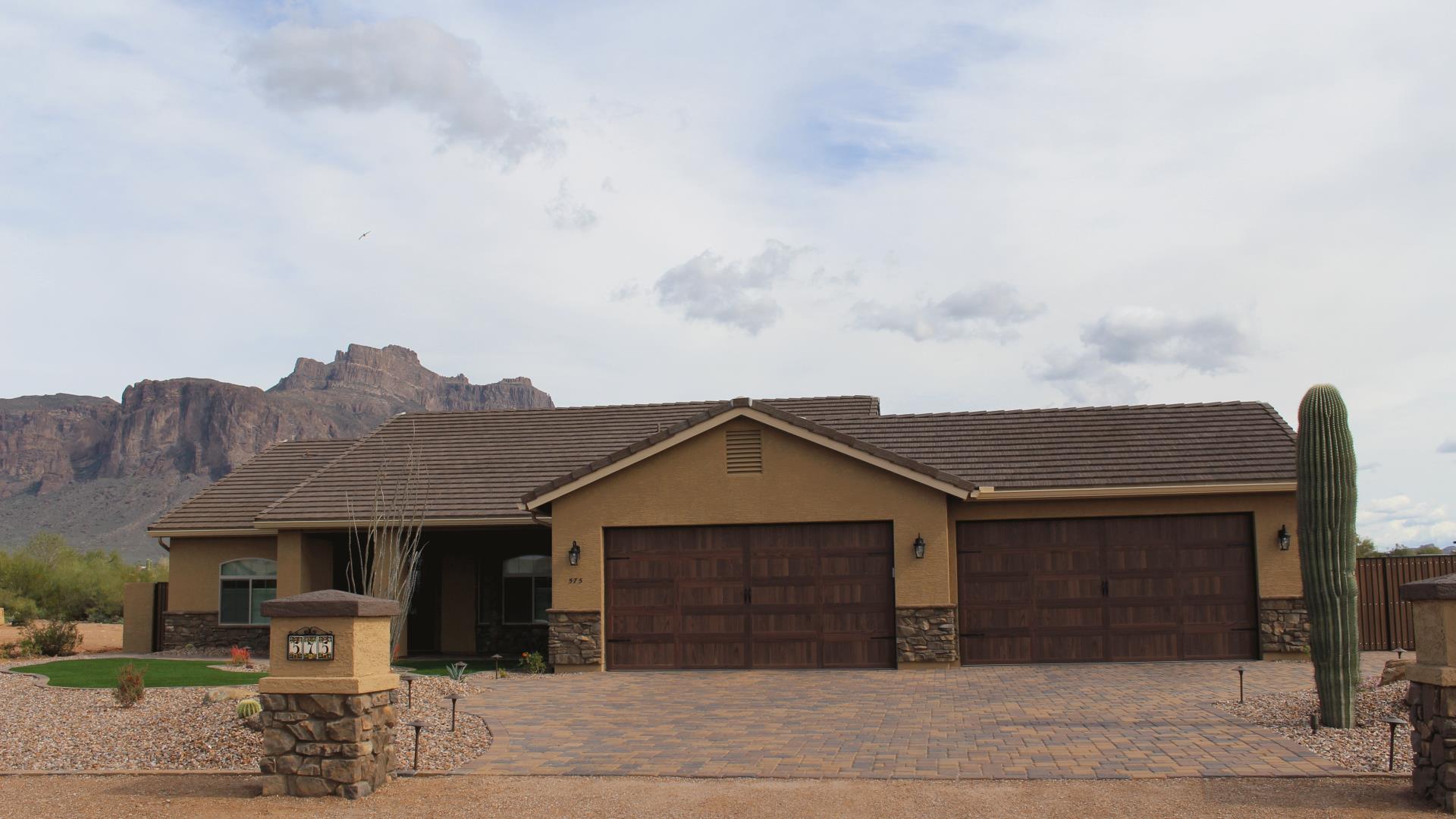
A garage with a 3 car capacity is an excellent way to increase your property's storage space. You can store tools, vehicles, and other items you don't have space for in your basement or attic.
When Building A 3 Car Garage
First, decide what you intend to use your garage. This will help you to determine the best garage size for your needs and budget. It will also allow you to avoid having to make changes once your construction is underway, which can be a common occurrence when building a garage.
Detached 3-car Garage
There are many choices when it comes to buying a 3-car garage. You'll find a garage that suits your needs and tastes in a variety of sizes, shapes and styles.

A three-car garage is a great addition to any home. You will have more room to store the items you don't want in your basement or attic, and it will also provide extra shelter for cars and trucks.
Take measurements of your vehicles and tools when choosing a 3 car garage
When you start to consider the size of your garage, remember that all vehicles are different in size. A compact car is approximately 6 feet in length and 15 feet wide. A luxury sedan is approximately 7 feet long by 16 feet wide.
It is also important to take into account the size of your current vehicles and any future purchases. Although it may be tempting to just base your garage size on the current vehicle you own, it is better to have some room for expansion and future upgrades.
Not only should you measure the length and width of your vehicles but also the vehicle's expected height. This will provide you with an accurate indication of the height of garage doors.

You should also consider how much space is needed for a workbench, and any other equipment. A workbench will give you a place to store your tools and perform maintenance on the outside of your garage. It can also be used to help you work on larger projects.
The average three-car garage is about 24 feet wide and 36 feet long. This size will give you enough room to park two cars side by side and have a foot of wiggle room on both sides.
While the average three-car garage is about 24 feet by 36 feet, you can also find them in wider versions that allow for more wiggle room and more space to store your vehicles and accessories. These larger garages can measure up to 45 feet in length and are typically 30 feet by 40ft wide. These models are also available with many customizations so you can personalize your garage in any way you wish.
FAQ
What is the difference between building a new home and gutting a current one?
Gutting a home removes everything inside a building, including walls, floors, ceilings, plumbing, electrical wiring, appliances, fixtures, etc. It is often done when you are moving to a new location and wish to make some improvements before you move in. Gutting a home is typically very expensive because so many things are involved in doing this work. Depending on your job, the average cost to gut a home can run from $10,000 to $20,000.
A builder builds a home by building a house frame-by-frame, then adds doors, windows, doors and cabinets to the walls. This is usually done after buying a lot of lands. It is usually cheaper than gutting a house and will cost around $15,000 to $30,000.
It all comes down to what you want to do in the space. You'll need to spend more if you plan to gut your home. You don't need to take everything apart or redo everything if you are building a home. You can build it the way you want it instead of waiting for someone else to come in and tear everything up.
How do I determine if my house requires a renovation or remodel?
First, consider whether your home has been updated in recent times. A renovation might be in order if the home has not been updated for some time. You might also consider a remodel if your home is brand new.
The second thing you should check is whether your home is in good condition. It's possible to renovate your home if there are holes in the walls, peeling wallpaper or damaged tiles. It's possible to remodel your home if it looks good.
A second factor to consider is your home's general condition. Is the structure sound? Do the rooms look nice? Are the floors in good condition? These are vital questions to ask when you decide which type of renovation should be done.
How much does it cost for a complete kitchen renovation?
You might be wondering how much it would cost to renovate your home.
The average kitchen renovation cost is between $10,000-$15,000. You can still save money on your kitchen remodel and make it look better.
Plan ahead to save money. You can do this by choosing a design style that suits you and your budget.
You can also cut costs by hiring an experienced contractor. A tradesman who is experienced in the field will be able to guide you through each stage of the process.
It's best to think about whether you want your current appliances to be replaced or kept. The cost of replacing appliances can increase by thousands of dollars in a kitchen remodel project.
In addition, you might decide to buy used appliances instead of new ones. A used appliance can help you save money as you won't be charged for installation.
You can also save money by shopping around when buying materials and fixtures. Special events like Cyber Monday and Black Friday often offer discounts at many stores.
What should you do with your cabinets?
It depends on whether your goal is to sell or rent out your house. If you're planning to sell, you'll probably want to remove and refinish the cabinets. This gives buyers a feeling of newness and allows them to visualize their kitchens when they move in.
But if your goal is to rent your house you will need to remove the cabinets. Many tenants are unhappy with the mess left behind by former tenants.
You could also paint the cabinets to give them a fresh look. Be sure to use high quality primer and paint. Low-quality paints can become brittle over time.
What is the average time it takes to remodel a bathroom.
A bathroom remodel typically takes around two weeks. The size of your project will affect the time taken to remodel a bathroom. Smaller jobs, such as adding a shower stall or installing a vanity, can be completed in a day or two. Larger projects, such as removing walls and installing tile floors, and plumbing fixtures, can take several days.
It is a good rule to allow for three days per room. You would need 12 days to complete four bathrooms.
What are the top expenses associated with remodeling a Kitchen?
A few key costs should be considered when planning a kitchen remodeling project. These include demolition, design fees, permits, materials, contractors, etc. They seem quite small when we consider each of these costs separately. However, when you add them together, they quickly become quite large.
Demolition is most likely the most expensive. This includes the removal of old cabinets, countertops, flooring, and appliances. You will then need to remove the insulation and drywall. Finally, you have to replace those items with new ones.
Next, an architect must be hired to create plans for the space. You will need permits to ensure your project meets the building codes. You will then need to find someone to perform the actual construction.
Once the job is complete, you will need to pay the contractor. You could spend anywhere from $20,000 to $50,000, depending on how large the job is. It is crucial to get estimates from several contractors before you hire one.
Planning can help you avoid many of these expenses. You might get better deals on materials and even save some time. If you know what needs to be done, you should be able to save time and money during the process.
Many people will attempt to install their cabinets themselves. This will save them money as they won't need to hire professional installation services. They often spend more trying to install cabinets themselves. A job can typically be done in half the time than it would take for you by professionals.
Another way to save money is to buy unfinished materials. You must wait until the cabinets are fully assembled before purchasing pre-finished material. Unfinished materials can be used immediately by you if purchased. Even if it doesn't go according to plan, you can always change your mind later.
Sometimes, though, it doesn't make sense to go through all of this. It is important to plan your home improvement projects in order to save money.
Statistics
- According to a survey of renovations in the top 50 U.S. metro cities by Houzz, people spend $15,000 on average per renovation project. (rocketmortgage.com)
- $320,976Additional home value: $152,996Return on investment: 48%Mid-range average cost: $156,741Additional home value: $85,672Return on investment: (rocketmortgage.com)
- About 33 percent of people report renovating their primary bedroom to increase livability and overall function. (rocketmortgage.com)
- Windows 3 – 4% Patio or backyard 2 – 5% (rocketmortgage.com)
- 55%Universal average cost: $38,813Additional home value: $22,475Return on investment: 58%Mid-range average cost: $24,424Additional home value: $14,671Return on investment: (rocketmortgage.com)
External Links
How To
Is a permit required for home renovation?
If you're going to renovate your house, make sure you do it right. For any project that changes the property's exterior walls, building permits are required. This applies to adding an addition, remodeling your kitchen or replacing windows.
But if you've decided to go ahead and renovate your home without obtaining a building permit, there could be serious consequences. For example, you may face fines or even legal action against you if someone is injured during the renovation process.
Most states require all people working on residential structures to have a building permit. A majority of cities and counties require homeowners to obtain a building permit before beginning any construction project.
Building permits are usually issued by local government agencies like the city hall, county courthouse or town hall. But they can also be obtained online or via phone.
A building permit is a must to ensure that your project meets local safety standards, fire codes and structural integrity regulations.
A building inspector, for example, will check that the structure meets all current building code requirements. This includes proper ventilation, fire suppression, electrical wiring, plumbing and heating.
Inspectors will also ensure that the deck's planks can support the weight of whatever is being placed upon them. Inspectors will look out for water damage, cracks and other issues that could affect the structure's stability.
Contractors are allowed to begin the renovations after the building permit has been granted. Contractors who fail to get the permits could face fines or even arrest.